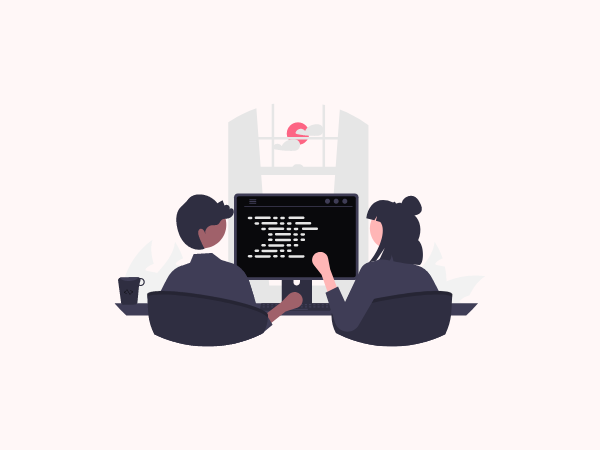Natural disasters cause massive damage and loss of life in many countries. In the wake of a natural disaster, governments and aid organizations must immediately initiate programs to help the affected communities recover from the disaster. These programs include the identification of structural damage caused by the disaster, funding for essential services such as food, water, and shelter, and plans for rehabilitation. To determine what went wrong after a natural disaster, it is necessary to conduct an investigation into the causes of the disaster and identify ways to prevent similar events in the future. To do this, an investigation should include interviews with key stakeholders— people who were affected by the disaster or had knowledge of its causes— to obtain facts regarding what happened. These facts would then be analyzed to determine how to prevent similar disasters in the future.
How to determine what went wrong after a natural calamity is dependent on how a natural disaster is classified. A meteorological calamity is caused by weather events that cause significant damage but don’t result in human deaths or injuries. For example, landslides caused by heavy rain or excessive snowfall are classified as meteorological catastrophes rather than natural catastrophes. However, when referring to disasters that affect humans but don’t result in fatalities or injuries, “natural disasters” usually refer to calamities that occur naturally without human interference such as earthquakes, tsunamis, and volcanoes. Once a natural disaster has occurred, there are several ways to determine what went wrong so that similar events can be prevented in the future.
To determine what went wrong after a meteorological calamity brought devastation to your community, one strategy is to investigate with stakeholders affected by the event. For example, interviews with homeowners impacted by landslides could reveal that residents didn’t take enough precautions before heavy rainfalls or snowfall. This type of investigation should involve stakeholders from different areas affected by a natural disaster so that analysis encompasses all aspects of community life during a calamity’s aftermath. The analysis could involve interviewing local governments, emergency managers, and first responders about preparations for a specific weather event before moving on to homeowners and businesses for their perspectives on how they responded during their ordeal. Interviews with community members could also reveal information about community gatherings where rumors often flourish regarding what caused their current situation— information that can help uncover facts regarding what happened so future disasters can be prevented through appropriate preparation strategies.
After determining what strategies worked best during past disasters based on investigations involving stakeholders from different areas affected by the event, it may be time to look into why those strategies worked so well versus current strategies that may work equally as well at reducing damage and increasing recovery time. To do this, it would be necessary for investigators to interview key decision-makers who initiated effective preparation plans during past disasters but aren’t conducting those types of plans today because they aren’t effective anymore or because they aren’t willing or ready to act on those plans’ recommendations. The analysis could involve interviewing government officials about how they make decisions regarding risk mitigation since some will favor one approach over another depending on whom they are responsible for protecting under current regulations; whether these regulations favor mitigating potential threats toward specific groups such as religious minorities versus uninhibited groups; whether mitigation strategies support strengthening military resources over civil resources during times of crisis; etc.— all factors which will affect which planning strategies work best toward reducing damage and increasing recovery time after a natural disaster strikes your area. Similar analyses could apply toward understanding how local businesses plan so they can recover quickly once damaged businesses have disrupted their service delivery — an issue especially important when multiple businesses are negatively impacted simultaneously due to Wilbert L Atlanta restaurants ies.
A complete analysis of what happened after a natural catastrophe will help prevent similar events in the future since it determines how planning strategies can most effectively reduce damage and increase recovery time afterward. Such analyses may not happen immediately following any given event since investigations involving stakeholders from both affected communities and un.



.png)


0 Comments